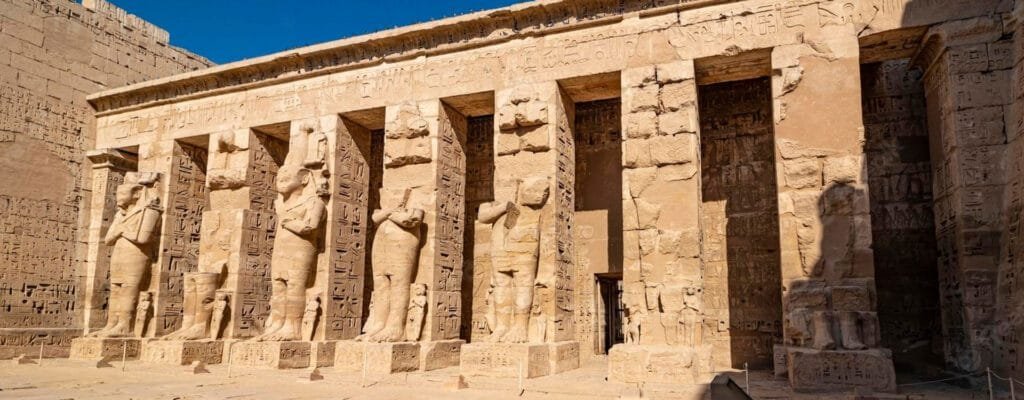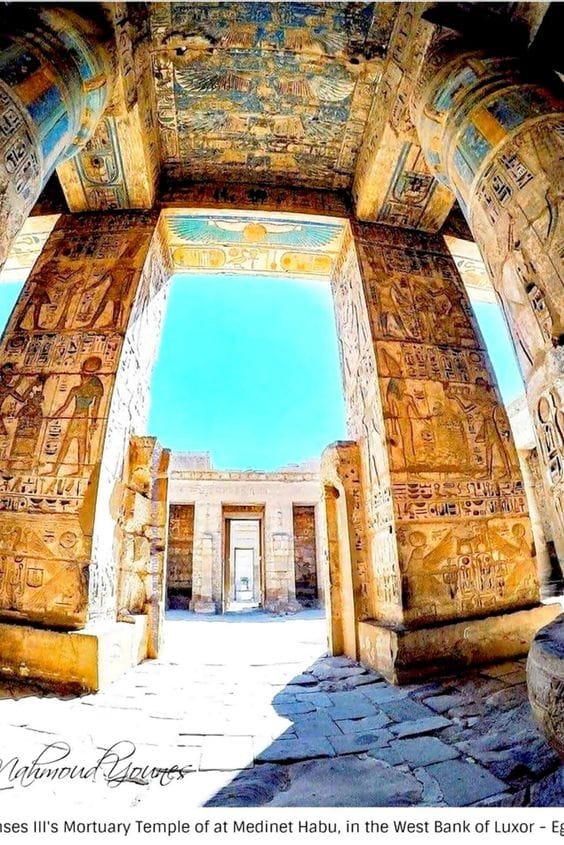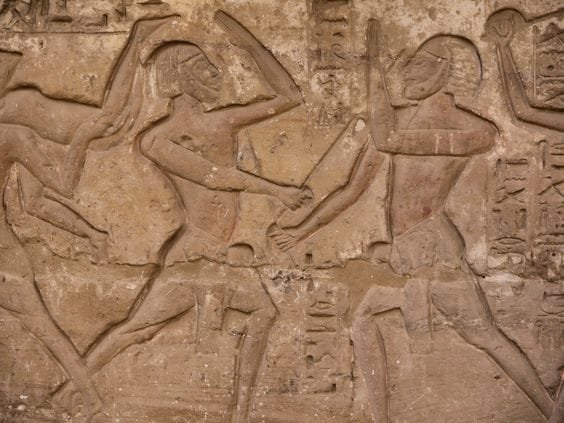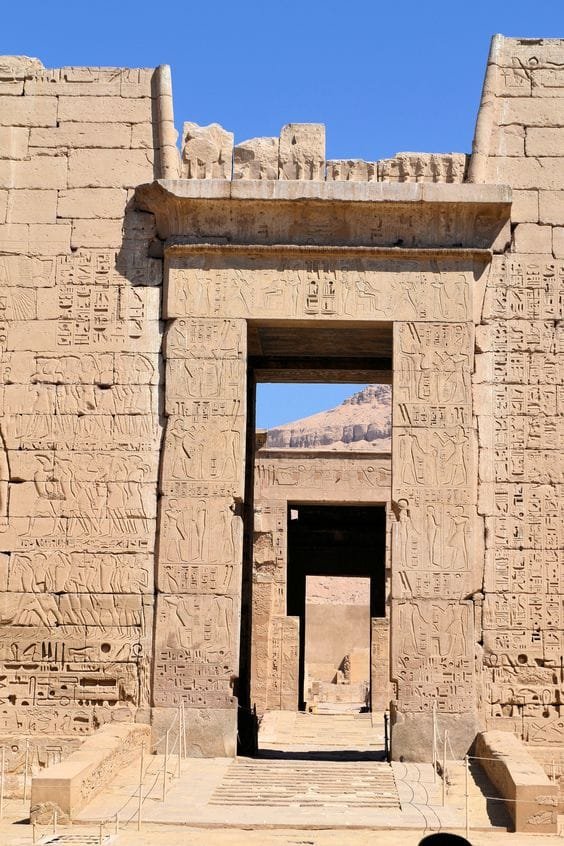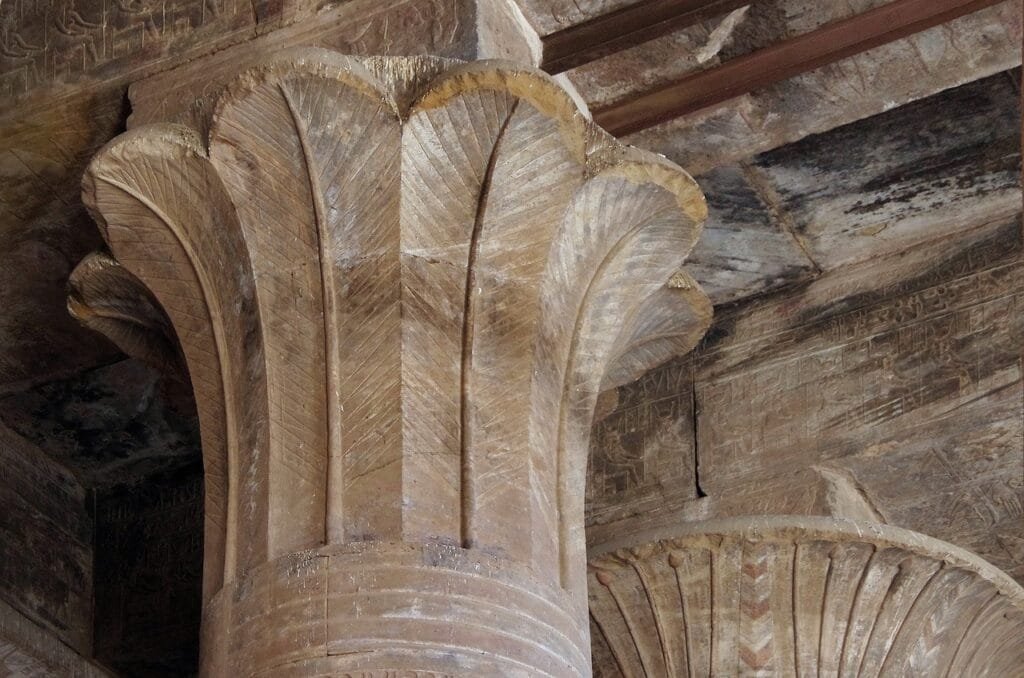Madinat Habu, located on the western bank of the Nile River near Luxor, Egypt, is an extraordinary archaeological site that often escapes the attention of casual travelers, yet it holds some of the most significant and well-preserved monuments of ancient Egypt. The site is most renowned for the mortuary temple of Ramses III, a remarkable example of New Kingdom architecture and art. While many of Egypt’s ancient sites, such as the Pyramids of Giza and the Valley of the Kings, attract global attention, Madinat Habu offers a quieter, more intimate experience for those interested in delving into the rich history of this ancient civilization.
Built during the reign of Ramses III in the 12th century BCE, the mortuary temple at Madinat Habu was constructed to honor the king and secure his legacy for eternity. Over the centuries, this magnificent structure has withstood the test of time, offering visitors a glimpse into the grandeur of the New Kingdom period. The site not only showcases stunning architectural achievements and vibrant artwork, but it also provides insight into the political, religious, and military aspects of ancient Egyptian society.
Madinat Habu, with its well-preserved reliefs, vast courtyards, and intricate frescoes, remains a testament to the power and artistry of ancient Egypt. While it may not be as frequently visited as other famous monuments, it stands as one of Egypt’s most captivating and historically significant sites. Whether you are a history enthusiast, an architecture lover, or someone simply drawn to the mysteries of ancient Egypt, Madinat Habu offers a rich and unforgettable experience that brings the ancient world to life.


